
Do you have a question about the ASROCK Fatal1ty Z68 Professional Gen3 and is the answer not in the manual?
| Chipset | Intel Z68 |
|---|---|
| CPU Socket | LGA 1155 |
| Max Memory | 32GB |
| USB Ports | 4 x USB 3.0, 10 x USB 2.0 |
| Form Factor | ATX |
| RAID Support | RAID 0, 1, 5, 10 |
| Memory Slots | 4 |
| Expansion Slots | 3 x PCIe 3.0 x16, 2 x PCIe 2.0 x1 |
| Storage Interface | 4 x SATA3, 4 x SATA2 |
| Audio | 7.1 CH HD Audio (Realtek ALC892 Audio Codec) |
| LAN | Dual Gigabit LAN |
Install OS in RAID mode, required drivers including RST v10.5+, and ensure HDD/SSD are present.
Open RST GUI, click 'Enable Acceleration', select cache/target drives, cache size, and mode.
Choose 'Maximized' mode for testing, click OK to enable SRT and refresh the GUI.
Open RST GUI via tray or Start menu and click the 'Enable Acceleration' button.
Choose cache size, target HDD, and mode (Enhanced/Maximized), then click OK.
Confirm changes in GUI, reboot; cache setup is complete.
Open RST GUI, navigate to the 'Accelerate' tab, and click 'Disable Acceleration'.
In the pop-up, click 'Yes' to confirm. Data is written to HDD; the process may take time.
On the 'Accelerate' tab, click the 'Reset to Available' button (Orange).
WARNING: Resetting deletes data on the Spare Capacity Volume. Confirm to proceed.
SSD is now reset to Available and can be used as normal storage or re-enabled.

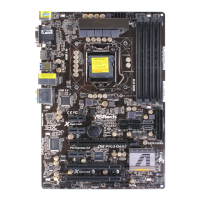
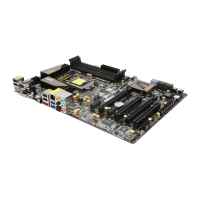

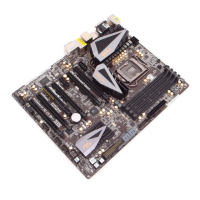
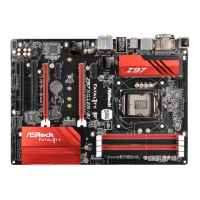

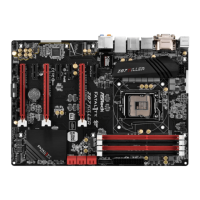
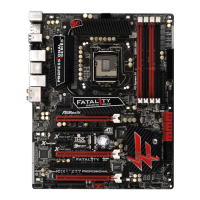
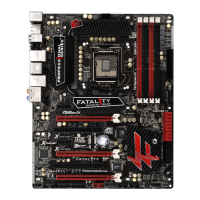
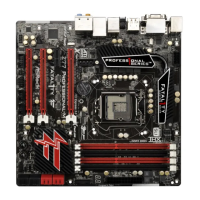
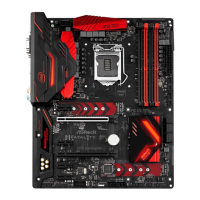
